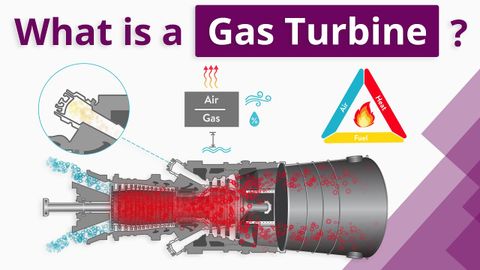ガスタービンとは?(初心者向け) (What is a Gas Turbine? (For beginners))
陳柏志 が 2021 年 01 月 14 日 に投稿  この条件に一致する単語はありません
この条件に一致する単語はありませんUS /ˈprɑːpərli/
・
UK /ˈprɔpəlɪ/
US /ˈstrʌk.tʃɚ/
・
UK /ˈstrʌk.tʃə/
- n. (c./u.)構造;建物
- v.t.組み立てる;組織する
- n. (c./u.)群集の動き;急上昇;波や価格の急上昇
- v.i.突然ある方向に動く;思わぬところまで上昇する
エネルギーを使用
すべての単語を解除
発音・解説・フィルター機能を解除

